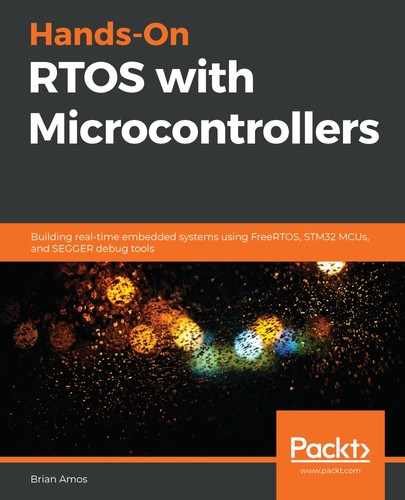Many silicon vendors have concepts of device families, and STMicroelectronics (STM) is no exception—datasheets are typically written for entire families of devices. The most notable differences between devices in an STM family are typically RAM/ROM and the package size. However, additional peripherals are added to more capable devices as well—for example, larger packages will start to include parallel RAM controllers. Devices with more RAM/ROM will include more capable timer peripherals, more comm peripherals, or domain-specific peripherals, such as cryptographic modules.
Moving between devices in a given device family should be easy to do, so it is advisable to start on one end of the family (high is usually advisable) and see where the project goes. If scope creep was kept to a minimum, it may be possible to painlessly downgrade the MCU after all of the major features have been developed, saving some BOM cost.
That wraps up our list of considerations for the raw MCU. However, going out and buying a single chip and letting it sit on a desk won't do us much good for writing firmware. We need a way of powering the device, and communicating with it—we need a dev board!
